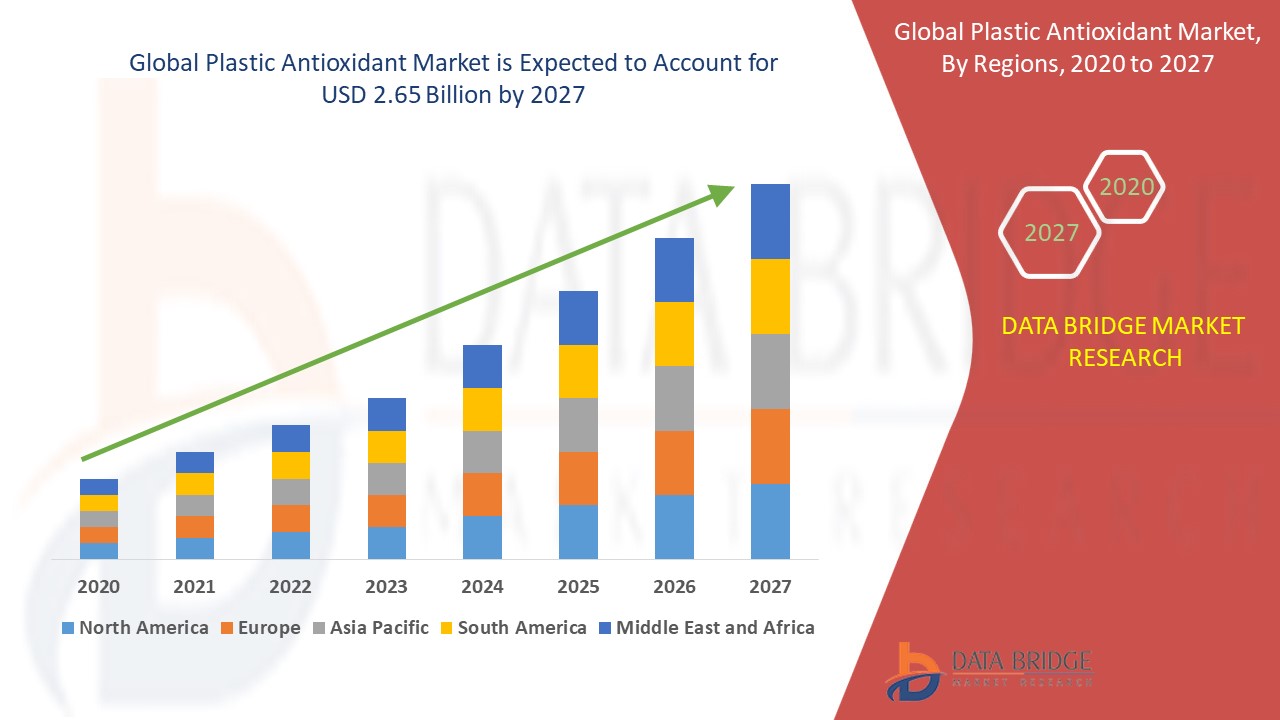Which? says people often don’t understand various symbols found on packaging
A confusing array of symbols on household packaging is leaving consumers in the dark about what can be recycled, research reveals.
Nearly half of respondents to a survey carried out in the UK by consumer group Which? thought that products stamped with the so-called green dot (a circle of two intertwined arrows) were recyclable, when in fact it means only that a manufacturer has paid into a scheme that supports recyclable packaging and systems.
By far the strongest recognition was of the familiar Mobius Loop (three separate arrows looped into a triangle), which means that something can be recycled. In the survey of 2,155 people, 73% knew it meant this was the case. It does not indicate that an object will be accepted in all recycling collection systems.
Despite the war on single-use plastics, only 32% said they understood what the Mobius Loop with PET (polyethylene terephthalate) meant. The number inside the arrows refers to the resin code for the type of plastic used.
The so-called green arrow (the tip of which looks more like a heart), which denotes that the item is recycled by 75% or more of local authorities, was understood by 59% of consumers, but the black version — which means that the item is not collected by all local authorities, so the consumer should check locally — was recognised by just 38%. The black arrow “crossed out” (with a line through it), which indicates that packaging is recycled by less than 20% of councils, was understood by a paltry 6%.
Nikki Stopford, director of research and publishing at Which?, said: “We know that people want to reduce the waste that goes to landfill and recycle more but are often left baffled by a confusing array of symbols and inconsistent labelling.
“We want the government and manufacturers to act now to bring about clear, simple and consistent labelling and to make that compulsory to help consumers know what can be recycled and how to recycle it.”
Away from the arrows, even the logo of a person by a waste bin — designed as a reminder to dispose of an item appropriately — was understood by only 15% of respondents. The “can with magnet” — which means that the product is made of steel and should be accepted for recycling by most councils — was interpreted correctly by only 12%.
A separate analysis published by Which? this month found that almost a third of used by UK supermarkets is either non-recyclable through standard collection schemes or difficult to recycle. Which? is now urging the government to introduce compulsory “clear and simple” recycling labelling on all plastic packaging.
Advertisement
Elsewhere in the new survey, 86% of people thought that all supermarket product packaging should be recyclable and 88% said it should always be clearly labelled with easy-to-understand recycling information. More than two-thirds — 69% — believe that reducing plastic pollution was a bigger challenge than food waste. Yet only 46% knew plastic bags can now be recycled at supermarket collection points across the country.
It was revealed last week in a poll by the National Audit Office that millions of tons of waste plastic from British businesses and homes may be ending up in landfill sites abroad.
Source : www.theguardian.com








